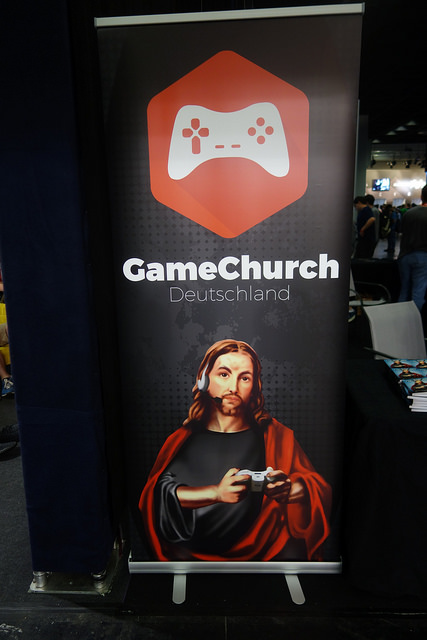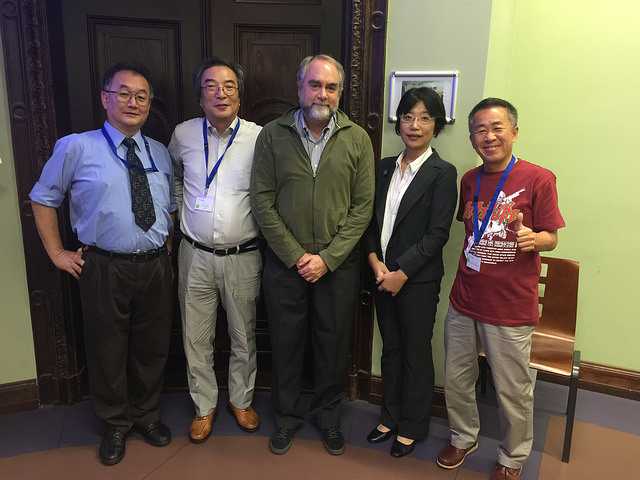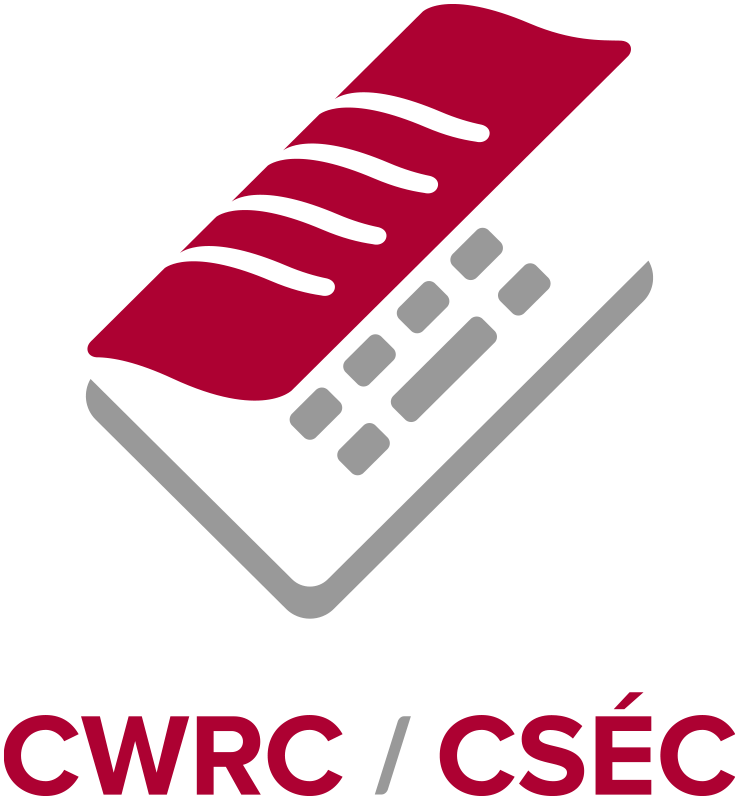From my students I heard about the game Mastaba Snoopy created in Twee and TiddlyWiki and being taught in another Humanities Computing course (our students are vectors of influence.) Here is a review where you can download the single HTML page that is the bizarre text adventure, Mastaba Snoopy is a Cronenbergian nightmare vision of childhood. The story takes place14,000 years in the future when a mutable alien has destroyed us and then reinvented itself following a collection of Peanuts comics. Play it.
Common Errors in English Usage
An article about authorship attribution led me to this nice site on Common Errors in English Usage. The site is for a book with that title, but the author Paul Brians has organized all the errors into a hypertext here. For example, here is the entry on why you shouldn’t use enjoy to.
What does this have to do with authorship attribution? In a paper on Authorship Identification on the Large Scale the authors try using common errors as feature to discriminate potential authors.
Instant History conference
This weekend I gave a talk at a lovely one day conference on Instant History, The Postwar Digital Humanities and Their Legacies. My conference notes are here. The conference was organized by Paul Eggert, among others. Steve Jones, Ted Underwood and Laura Mandell also talked.
I gave the first talk on “Tremendous Labour: Busa’s Methods” – a paper coming from the work Stéfan Sinclair and I are doing. I talked about the reconstruction of Busa’s Index project. I claimed that Busa and Tasman made two crucial innovations. The first was figuring out how to represent data on punched cards so that it could be processed (the data structures). The second was figuring out how to use the punched card machines at hand to tokenize unstructured text. I walked through what we know about their actual methods and talked about our attempts to replicate them:
I was lucky to have two great respondents (Kyle Roberts and Schlomo Argamon) who both pointed out important contextual issues to consider, as in:
- We need to pay attention to the Jesuit and spiritual dimensions of Busa’s work.
- We need to think about the dialectic of those critical of computing and those optimistic about it.
CWRC/CSEC: The Canadian Writing Research Collaboratory
The Canadian Writing Research Collaboratory (CWRC) today launched its Collaboratory. The Collaboratory is a distributed editing environment that allows projects to edit scholarly electronic texts (using CWRC Writer), manage editorial workflows, and publish collections. There are also links to other tools like CWRC Catalogue and Voyant (that I am involved in.) There is an impressive set of projects already featured in CWRC, but it is open to new projects and designed to help them.
Susan Brown deserves a lot of credit for imagining this, writing the CFI (and other) proposals, leading the development and now managing the release. I hope it gets used as it is a fabulous layer of infrastructure designed by scholars for scholars.
One important component in CWRC is CWRC-Writer, an in-browser XML editor that can be hooked into content management systems like the CWRC back-end. It allows for stand-off markup and connects to entity databases for tagging entities in standardized ways.
Monopoly’s Inventor: The Progressive Who Didn’t Pass ‘Go’ – The New York Times

I had read somewhere that Monopoly had originally been developed to teach the evils of monopolies, but hadn’t realized how interesting the story of the creation of Monopoly was. The New York Times tells the story in, Monopoly’s Inventor: The Progressive Who Didn’t Pass ‘Go’. This excerpted from a book titled, The Monopolists: Obsession, Fury, and the Scandal Behind the World’s Favorite Board Game. The article tells the story of Elizabeth Magie who developed a game called the Landlord’s Game which had two sets of rules to teach about the alternatives to monopoly capitalism. You play the game with a rule set where the monopolists get richer and then with a rule set where wealth is distributed more fairly. Alas, when Darrow adapted the game and sold it to Parker Brothers he left out the progressive side.
It strikes me as an interesting example where a game designed for a serious purpose gets adapted to be more fun and in the process loses its progressive purpose. A change in the rules and you don’t have a game that teaches.
New mobile app issues verbal safety warnings to Edmonton drivers

Edmonton has released a new mobile app called SmartTravel. The new mobile app issues verbal safety warnings to Edmonton drivers. You can get live warnings as you drive or before. Interesting idea.
Marking 70 years of eavesdropping in Canada
Bill Robinson has penned a nice essay Marking 70 years of eavesdropping in Canada. The essay gives the background of Canada’s signals intelligence unit, the Communications Security Establishment (CSE) which just marked its 70th anniversary (on Sept. 1st.)
The original unit was the peacetime version of the Joint Discrimination Unit called the CBNRC (Communications Branch of the National Research Council). I can’t help wondering what was meant by “discrimination”?
Unable to read the Soviets’ most secret messages, the UKUSA allies resorted to plain-language (unencrypted) communications and traffic analysis, the study of the external features of messages such as sender, recipient, length, date and time of transmission—what today we call metadata. By compiling, sifting, and fusing a myriad of apparently unimportant facts from the huge volume of low-level Soviet civilian and military communications, it was possible to learn a great deal about the USSR’s armed forces, the Soviet economy, and other developments behind the Iron Curtain without breaking Soviet codes. Plain language and traffic analysis remained key sources of intelligence on the Soviet Bloc for much of the Cold War.
Robinson is particularly interesting on “The birth of metadata collection” as the Soviets frustrated developed encryption that couldn’t be broken.
Robinson is also the author of one of the best blogs on Canadian Signals Intelligence activities Lux Ex Umbra. He posts long thoughtful discussions like this one on Does CSE comply with the law?
GamesCon 2016

After Replaying Japan 2016 a bunch of us took the train to Cologne to go to gamescon 2016, Europe’s biggest videogame convention. A selection of my GamesCon 2016 photos are on Flickr.
The convention was depressing. Long line ups for overhyped commercial titles. Music too loud. Too many hucksters getting us cheering for crap. The creative side of gaming seemed to be overwhelmed by the commercialization. A church of gaming indeed.
The best area was the retrogaming area which a great mix of systems you could play and exhibits. The indie game area also had some brilliant games including Awkward Ellie, where you play an awkward elephant at a tea party. There was also a one-d game called Line Wobbler where you controlled a dot travelling up a LED strip. Playful fun in one dimension.
Replaying Japan 2016

Last week I was at Replaying Japan 2016 which was held in Leipzig and organized by Martin Roth and Martin Picard of the jGames Research Initiative at University of Leipzig. You can see my Replaying Japan 2016 Conference Report here. The conference is the fifth such conference that I have helped organize to look at Japanese and Asian videogame culture. We had terrific keynotes from Namco game and game music designers from the 1980s including Iwatani (Pac-Man) and Junko Ozawa (music for many Namco arcade and videogames). We also had a terrific talk about the history of localization from Minako O’Hagan.
The conference continued a tradition of bringing Western and Japanese game studies researchers together in a friendly environment. The quality of papers was really quite high and the conversation even better. The time has come to develop a community of research.
Stylometry
At the European Summer University in Digital Humanities 2016 I was luck to be able to attend some sessions on Stylometry run by Maciej Eder. In his historical review he mentioned people like Valla and Mendenhall, but also mentioned a fellow Pole, Wincenty Lutoslawksi whose book The origin and growth of Plato’s logic; with an account of Plato’s style and of the chronology of his writings (1897) is the first to use the term “stylometry”. Lutoslawski develops a Theory of Stylometry and reviewed “500 peculiarities of Plato’s style” as part of his work on Plato’s logic. The nice thing is that the book is available through the Internet Archive.
Eder has a nice page about the work he and ogthers in the Computational Stylistics Group are doing. In the workshop sessions I was able to attend he showed us how to set up and run his “stylo” package (PDF) that provides a simple user interface over R for doing stylometry. He also showed us how to then use Gephi for network visualization.
